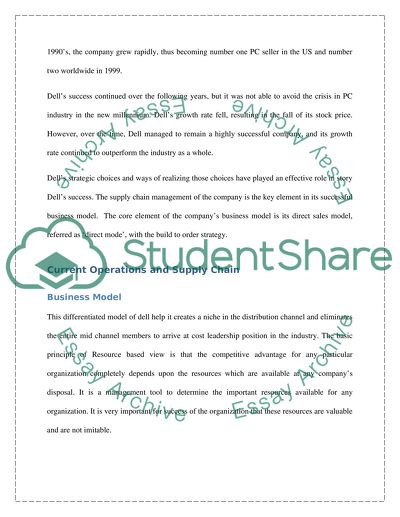Cite this document
(“International Operational And Logistics (REPORT) Assignment”, n.d.)
Retrieved from https://studentshare.org/family-consumer-science/1409427-international-operational-and-logistics-report
Retrieved from https://studentshare.org/family-consumer-science/1409427-international-operational-and-logistics-report
(International Operational And Logistics (REPORT) Assignment)
https://studentshare.org/family-consumer-science/1409427-international-operational-and-logistics-report.
https://studentshare.org/family-consumer-science/1409427-international-operational-and-logistics-report.
“International Operational And Logistics (REPORT) Assignment”, n.d. https://studentshare.org/family-consumer-science/1409427-international-operational-and-logistics-report.


